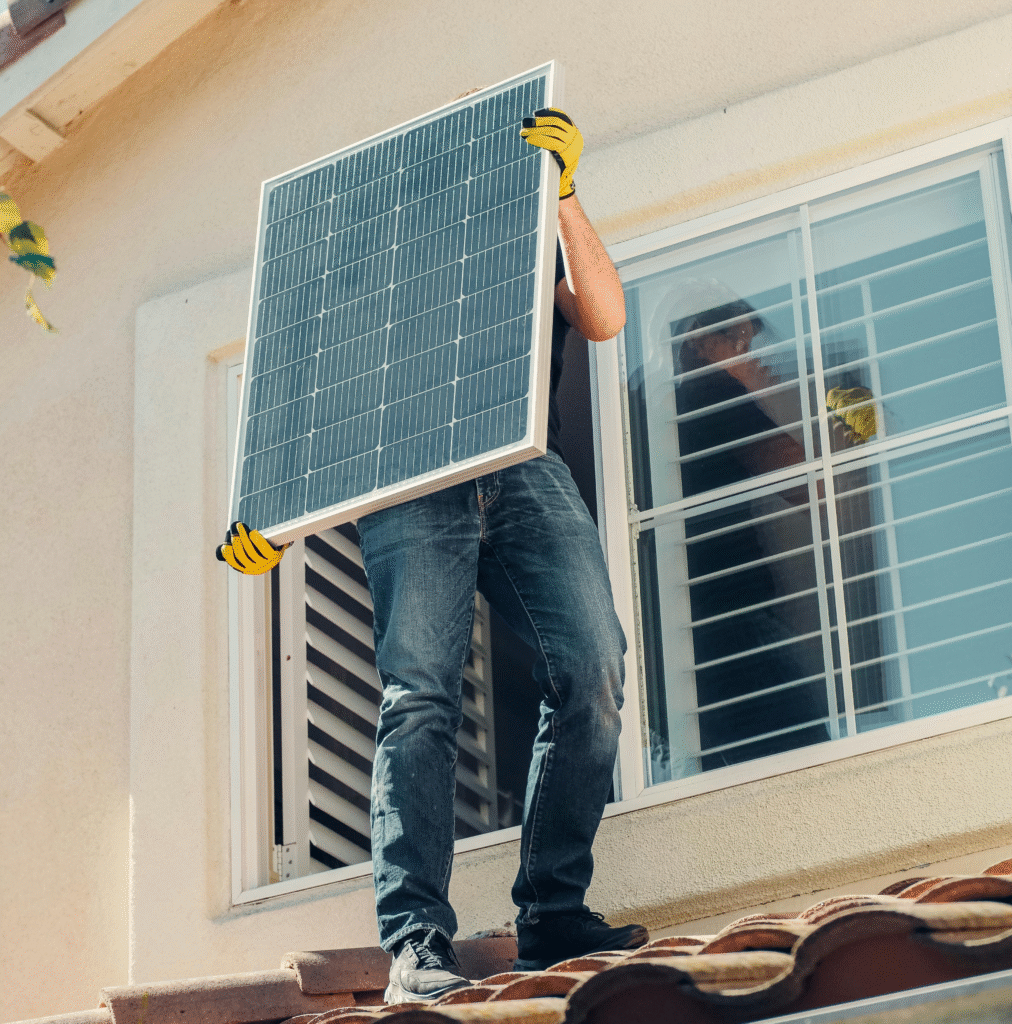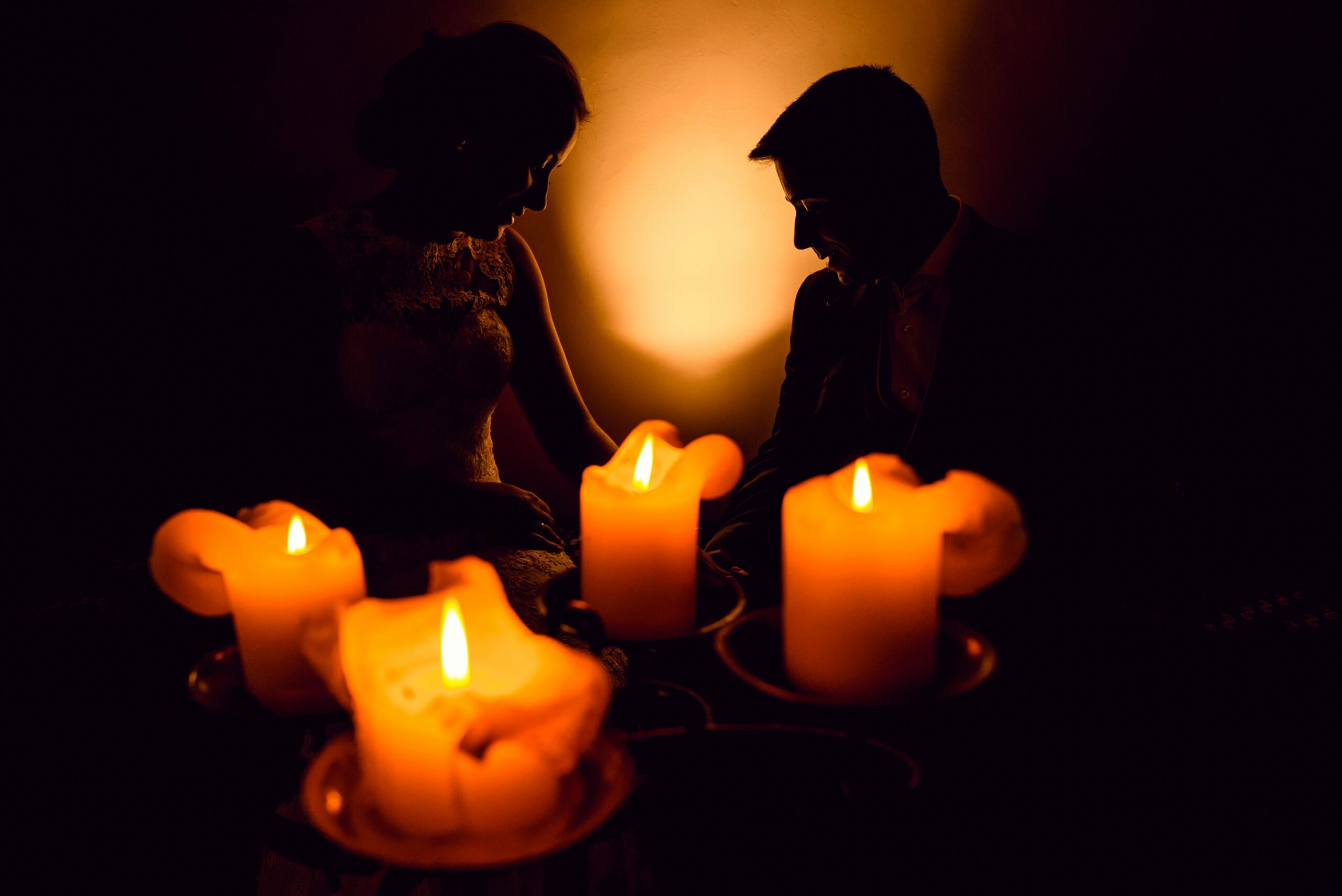When the power blinks off, the first thing most people do is reach for a light switch that no longer works.
When the grid goes down preppers do something different: we breathe, we assess, and we execute a plan we’ve already practiced. This guide is that plan—practical, safety-first, and realistic about what it takes to keep your home lit and livable during a blackout, whether it lasts two hours or two weeks.
Below you’ll find the priorities, the gear, the simple math, and the smart habits that keep your “bug-in” base bright, safe, and sane—without depending on the grid.
Step 1: Assess Your Power Needs (The “Good, Better, Best” List)
Before you obsess over generators and solar panels, define what actually needs power. The goal isn’t to run your house like normal; the goal is to keep critical functions working as normal.
Good (bare minimum):
- Task lighting (headlamps, flashlights)
- Phone charging
- Radio/communications
- Essential medical devices (as applicable)
Better (comfort & continuity):
- Refrigerator cycling (to save food)
- Router/modem (if ISP remains up) online
- Laptop/tablet/cell phones charged
- Fans in heat / space heater in cold weather
Best (long-duration resilience):
- High-efficiency refrigerator or chest freezer
- Well pump or sump pump (via generator/backup)
- Portable induction or camp cooktop (on backup power)
- Small, efficient room heater (only if rated and ventilated appropriately)
Step 2: Know Your Power Requirements (Simple Math, Smart Choices)
Light is cheap; heat is expensive. That’s the rule of thumb.
Typical wattages (ballpark):
- LED bulb: 8–12 W
- Headlamp/flashlight: negligible if rechargeable
- Phone charge: ~5–10 W
- Wi-Fi router: 8–15 W
- Laptop: 40–90 W (depends on model)
- Box fan: 40–70 W (low speeds save big)
- Compact fridge (running): 60–120 W (short surges on start)
- Full-size fridge (running): 120–250 W (higher surge on start)
Daily energy (Wh) example
Let’s say you want:
- 3 LED bulbs × 9 W × 5 hours = 135 Wh
- Router 10 W × 8 hours = 80 Wh
- Two phone charges: 20 Wh
- Laptop 60 W × 2 hours = 120 Wh
- Fridge averaging 120 W for 8 hours of compressor time = 960 Wh
Total ≈ 1,315 Wh (1.3 kWh/day)
That number helps you right-size batteries, solar, or generator runtime. If your battery bank stores ~1,000 Wh usable, you’ll need to ration or recharge daily.
If you have 200 W of portable solar and average 4 hours of good sun, that’s ~800 Wh/day of input—close, but you’ll still need to trim usage or top up with a vehicle or generator.
Step 3: Light Like a Pro (Bright, Safe, Hands-Free)
In a grid-down scenario, light is for both safety and morale. It keeps injuries low and spirits high.
Core lighting kit:
- Headlamps (one per person): hands-free, task-focused, uses little energy.
- Quality flashlights (AA/AAA or rechargeable 18650/21700 cells).
- Area lantern (USB-rechargeable or AA): cook/eat/work spaces.
- Motion-sensor puck lights for halls/bathrooms at night.
Power strategy:
- Standardize on AA/AAA NiMH rechargeables and/or USB-rechargeable gear.
- Keep a USB battery bank (10,000–20,000 mAh) per adult.
- Label chargers and cables; keep a small charging station to avoid chaos.
Candles? Use as a last resort. Open flame adds fire risk and poor air quality. If you do use them, keep a metal tray underneath, never leave unattended, and never as primary light.
Step 4: Batteries, Banks, and Solar (Silent Workhorses)
Rechargeable batteries.
- NiMH AA/AAA (e.g., “low self-discharge” types) for remotes, headlamps, lanterns.
- Keep a smart charger that runs on USB or 12 V for flexibility.
Power banks.
- One compact bank (10–20 Wh) for pocket carry; one larger bank (30–70 Wh) at home.
- Rotate/charge them monthly (put a recurring reminder on your calendar).
Portable solar panels.
- Foldable 60–200 W panels paired with a solar power station (“solar generator” with LiFePO₄ battery) make an excellent, quiet backbone for lights, comms, and intermittent fridge cycling.
- Angle toward the sun and move midday for best output. Shade kills production.
Car-as-charger.
- Use a 12 V car outlet + quality USB charger to top up phones and power banks.
- A small pure-sine inverter (150–300 W) can run a laptop. Engine outside, doors open, never in a closed garage. Avoid idling for long periods; it burns fuel fast.
Step 5: Generators—Useful, But Respect the Hazards
Generators are popular for a reason: they provide reliable power on demand. They’re also the #1 cause of carbon monoxide incidents after storms. Treat them with respect.
Safety first:
- Never run indoors or in enclosed spaces (including garages or near windows).
- Keep 20+ feet from doors/windows with exhaust pointed away.
- Use CO detectors with fresh batteries on every level of your home.
- Do not try to backfeed your home through an outlet. Use a transfer switch or interlock installed by a licensed electrician.
Choosing a generator:
- Inverter generators (quiet, fuel-efficient, clean power for electronics).
- Conventional generators (cheaper per watt, louder).
- Dual-fuel (gas/propane) extends runtime options; propane stores longer and cleaner.
Right-sizing:
- If your “Good/Better” list is lights + router + laptop + phone charging, a 1,000–2,000 W inverter is often enough.
- If you want to cycle a fridge, aim for 2,000–3,500 W (check the fridge’s surge rating).
- Plan to run in cycles: 1–2 hours on to cool the fridge and charge batteries; off again to save fuel.
Fuel strategy:
- Gasoline: stabilize and rotate (label cans with dates).
- Propane: long shelf life; store cylinders upright, outdoors, and per local regulations.
- Diesel: stores longer with additives; diesel generators are heavier but efficient.
- Keep fire extinguisher nearby (ABC rating) and treat fuel with extreme caution.
Step 6: Keeping Food Safe Without Full-Time Power
You don’t have to run your refrigerator 24/7 in an outage—just smartly.
Fridge tactics:
- Keep door closed. Group items to minimize searching.
- Pre-freeze water bottles (when you have warning) to turn the fridge into a cooler.
- Cycle power: 60–120 minutes of generator or battery-driven inverter every 6–8 hours can often maintain safe temps, depending on ambient heat and door openings.
Freezer tactics:
- A full freezer stays cold far longer than a half-full one. Fill with frozen bottles/jugs.
- Consider a chest freezer for better cold retention.
Food safety basics:
- The “danger zone” for bacterial growth is roughly 5–60°C (41–140°F).
- If in doubt, throw it out. Don’t risk foodborne illness during a crisis.
Step 7: Heating and Cooling—Do It Safely
In heatwaves:
- Prioritize shading and airflow. Close blinds/curtains on sun-facing windows.
- Use box or clip fans on low (40–50 W) powered by your battery system.
- Evaporative cooling with a damp cloth on pulse points (works best in dry climates).
- Rehydrate aggressively; cool showers if water is available.
In cold snaps:
- Insulate a single room: hang blankets, roll towels at door bottoms, cover windows with insulated curtains or even emergency blankets.
- Layer clothing, wear hats/socks indoors, and share body heat under blankets.
- Heaters: Only use devices rated for indoor use and follow ventilation guidelines. Some catalytic propane heaters are indoor-rated but still require fresh air and CO monitoring. When in doubt, skip it and focus on insulation and hot beverages heated safely.
- Never use a stove, grill, or generator indoors for heat. CO kills silently.
Step 8: Communications & Information
Keeping information flowing is part of “lights on.”
- NOAA/All-band emergency radio (hand-crank + solar + USB rechargeable).
- Phones in low-power mode; charge in daytime if using solar.
- Router on backup power only if your ISP infrastructure still has power—test it.
- Pre-download offline maps and critical documents to devices.
Step 9: The Room-By-Room Lighting Plan
Kitchen: Overhead lantern + headlamp while cooking, magnetic motion light near sink.
Hallways/bath: Battery motion puck lights (reduce nighttime falls).
Living area: One area lantern on low; task lamps for reading.
Bedrooms: Headlamp per person on the bedframe; small lantern within reach.
Stairs/entry: Glow sticks or low-output path lights to prevent accidents.
This reduces the number of lights you run at once—and slashes your daily Wh.
Step 10: Build Your Bug-In Power Kit (Tiered)
Tier 1: “48 Hours, No Generator”
- 2 headlamps + 1 lantern per household member
- 1 compact flashlight per person
- 8–12 AA NiMH, 8–12 AAA NiMH + USB smart charger
- 2× power banks (10,000–20,000 mAh each)
- USB car charger (dual-port, quality brand)
- Hand-crank/solar emergency radio
- CO detectors with fresh batteries
Tier 2: “Long Weekend Resilience”
- 100–200 W foldable solar panel
- 300–700 Wh LiFePO₄ power station (“solar generator”)
- Small pure-sine 12 V inverter (150–300 W) for laptop/router
- Extra USB cables, splitters, and a labeled charging station box
- Box fan (low-watt) for hot climates
Tier 3: “One–Two Weeks, Fridge Cycling”
- 1,000–2,200 W inverter generator (or dual-fuel) with safety kit
- Transfer switch or interlock (installed by an electrician)
- Fuel plan: stabilized gas or propane cylinders per local code
- Larger power station (1,000–2,000 Wh) for quiet hours
- 200–400 W solar (roof or yard portable) + MC4 extension cables
Step 11: Practice Makes Perfect Power
Don’t wait for a storm to learn how your system works.
- Run a 2-hour drill: lights only, cook one meal without grid power, charge devices from your backup system.
- Fridge cycling test: Use a thermometer and practice running the generator/power station in 60–90-minute bursts; log interior temps.
- Cable discipline: Color-code and label cables/chargers—this matters under stress.
- Neighborhood network: Coordinate with trusted neighbors—one has a chainsaw, another has a generator, you have solar. Share wisdom and workload.
Step 12: Safety—Non-Negotiable Rules
- CO detectors on every level. Test monthly.
- Fire safety: At least one ABC extinguisher near the kitchen and generator fuel.
- Fuel: Outside, upright, away from living spaces and ignition sources. Follow local regulations.
- Ventilation: If using any combustion device rated for indoor use, crack windows as directed and monitor air quality.
- Cords: Use heavy-duty outdoor extension cords for generators. Keep cords out of walkways and away from water.
- Transfer switches: Only connect a generator to your house wiring via a properly installed transfer switch or interlock. Never backfeed through an outlet.
A Sample 24-Hour Power Plan (Quiet + Fuel-Efficient)
Morning (Solar rising):
- Charge phones/headlamps/power banks via solar.
- Run router/laptop for 1–2 hours if needed (work check-in, downloads).
Midday (Peak solar):
- Top off the power station.
- Optional: brief fridge cycle if interior temp creeping up.
Evening (High lighting demand):
- Headlamps for tasks; lanterns on low.
- Avoid high-draw devices. Read, play cards, keep it simple.
Night:
- Lights off except motion pucks for safety.
- If needed, short generator run to cool fridge and top batteries, then shut down to sleep.
This rhythm keeps noise low, fuel consumption minimal, and morale high.
The Mindset That Wins
Grid-down events expose fragility—but they also spotlight resilience. When you focus on priorities over perfection, quiet systems over noisy ones, and safety over shortcuts, you turn a blackout into a manageable inconvenience instead of a crisis.
You don’t need a garage full of generators to keep the lights on. You need a plan, a few reliable tools, and a family that knows the drill. Start with headlamps and a power bank. Add solar and a compact inverter generator if your situation calls for it. Practice. Refine. Repeat.
When the grid goes down, you won’t be fumbling for a dead flashlight. You’ll flip on your headlamp, glance at your checklist, and get on with living—calm, prepared, and lit up.
Good luck,
Henry






